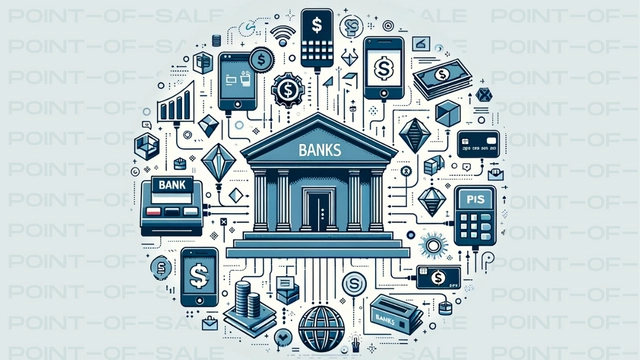An omnichannel customer journey is a seamless and integrated experience that a customer has with a brand across multiple channels and touchpoints. This journey ensures consistency and continuity in messaging, offers, and services such as consumer finance, regardless of the channel used by the customer.
Key Elements:
- Consistency: Omnichannel strategies ensure that customers receive the same level of service and have access to the same products, prices, and promotions across all channels. This consistency builds trust and enhances the overall customer experience.
- Integration: All channels are interconnected, allowing for the smooth transfer of information and data. For example, a customer can start a purchase on a mobile app, continue it on a desktop, and complete it in-store without any disruption.
- Personalization: Leveraging data from various touchpoints allows brands to personalize the customer experience. This can include personalized product recommendations, targeted offers, and tailored communications that are relevant to the customer’s preferences and behaviors.
- Convenience: An omnichannel approach prioritizes customer convenience, allowing them to interact with the brand through their preferred channels at any time. This includes options like buy online, pick up in-store (BOPIS), or returning online purchases in-store.
- Real-time Updates: Customers receive real-time updates and notifications across channels. For example, if an item is back in stock, the customer can be notified through their preferred communication method, whether it’s email, SMS, or an app notification.
Examples of Omnichannel Customer Journeys:
- Retail: A customer researches a product online, checks availability at a local store, applies for point-of-sale financing, and receives pre-approval, and then picks the item in-store. After the purchase, they receive follow-up emails with related product recommendations and personalized offers.
- Banking: A customer initiates a loan application on their desktop, receives a notification on their mobile app to continue the application, and completes it at a local branch. They can track the application status through any channel and receive support via chat, phone, or in-person.
- Travel: A traveler books a flight through a travel website, receives booking confirmation and updates through email and a mobile app, and checks in using an airport kiosk. During the trip, they can use the app for real-time flight updates, in-flight entertainment options, and to book additional services like car rentals or hotel stays.
Benefits of Omnichannel Customer Journeys:
- Enhanced customer satisfaction: A seamless and consistent experience across channels increases customer satisfaction and loyalty.
- Increased sales: Omnichannel customers are often more engaged and spend more than single-channel customers due to the convenience and personalized experience.
- Improved data insights: Collecting data from multiple touchpoints provides deeper insights into customer behavior, enabling better decision-making and targeted marketing efforts.
- Stronger brand loyalty: By providing a cohesive and convenient experience, brands can build stronger relationships with their customers, leading to increased loyalty and advocacy.
By understanding and implementing omnichannel strategies, businesses can meet the evolving expectations of their customers, providing them with a unified and engaging experience across all channels.
Omnichannel POS Financing:
Omnichannel POS (point-of-sale) financing takes the principles of an integrated customer journey and applies them to the financing options available at the point of sale. This approach ensures that customers have access to financing solutions across all touchpoints, whether they are shopping online, in-store, through a mobile app, at a call center, or even in home purchases, such as for home improvements. With omnichannel POS financing, customers can seamlessly apply for and receive financing offers at any stage of their shopping journey. This not only enhances the convenience for the customer but also increases the likelihood of completed purchases and higher transaction values. By providing a consistent and flexible financing experience, merchants can cater to diverse customer needs and preferences, driving sales and fostering customer loyalty.




